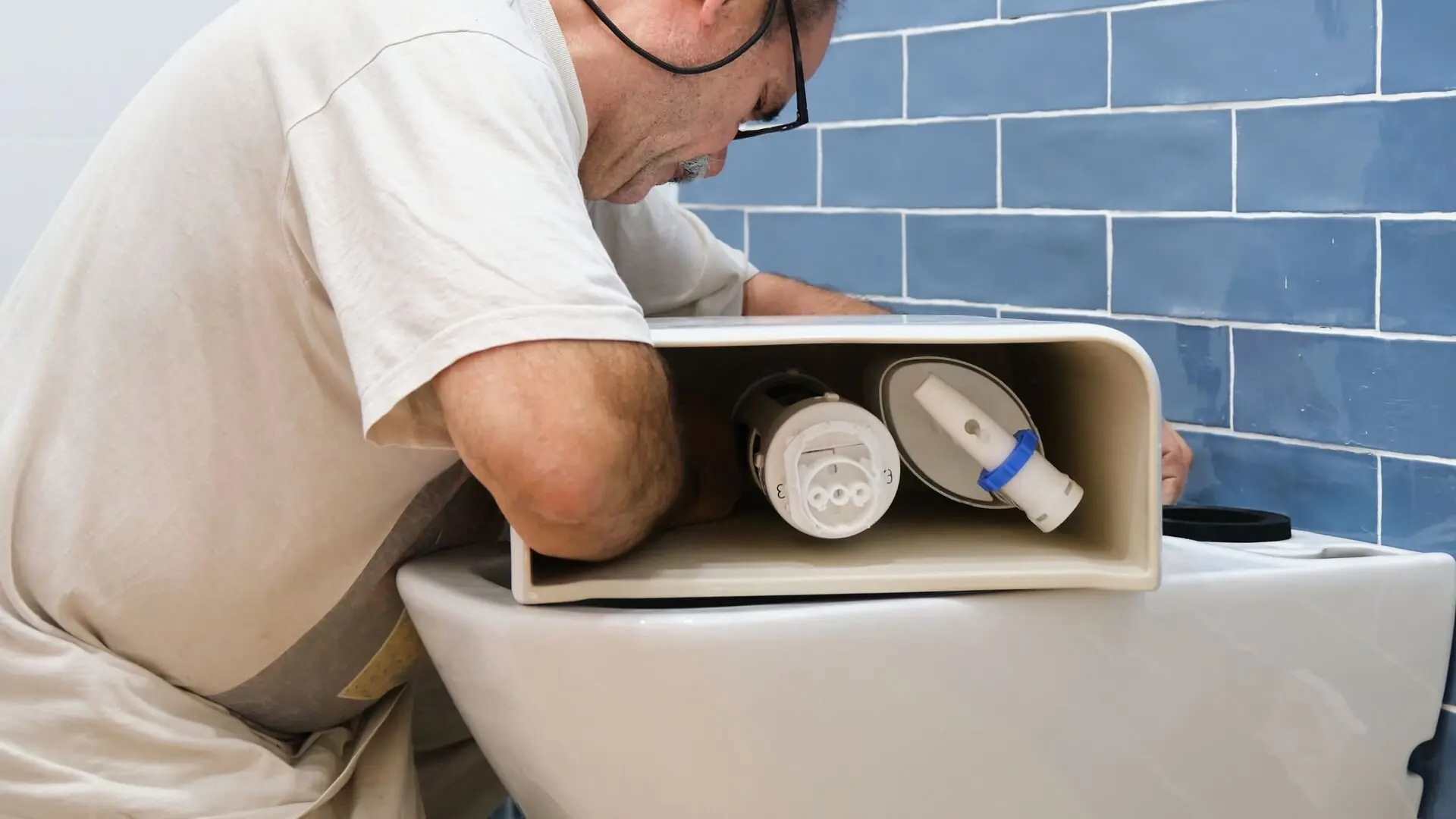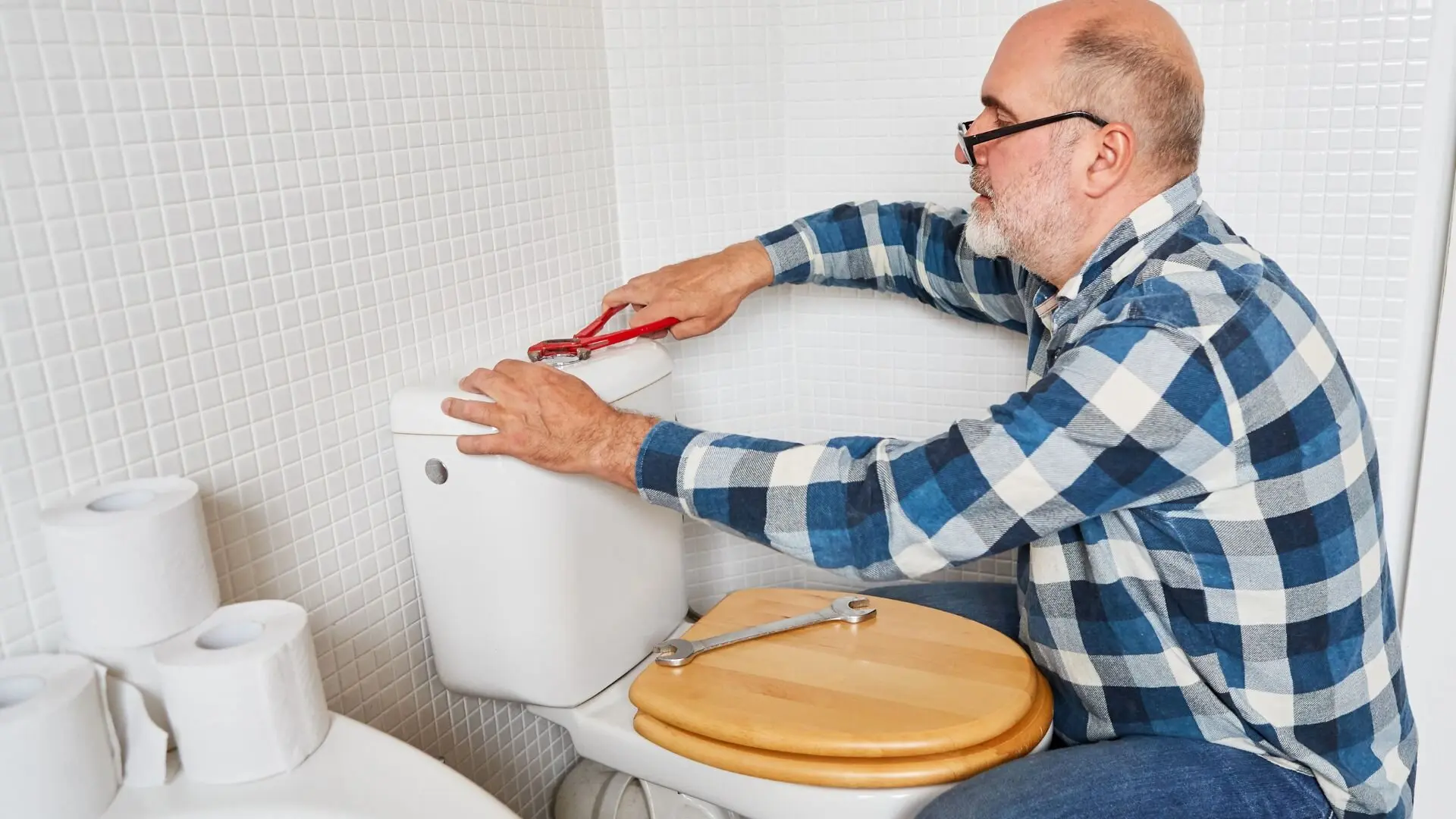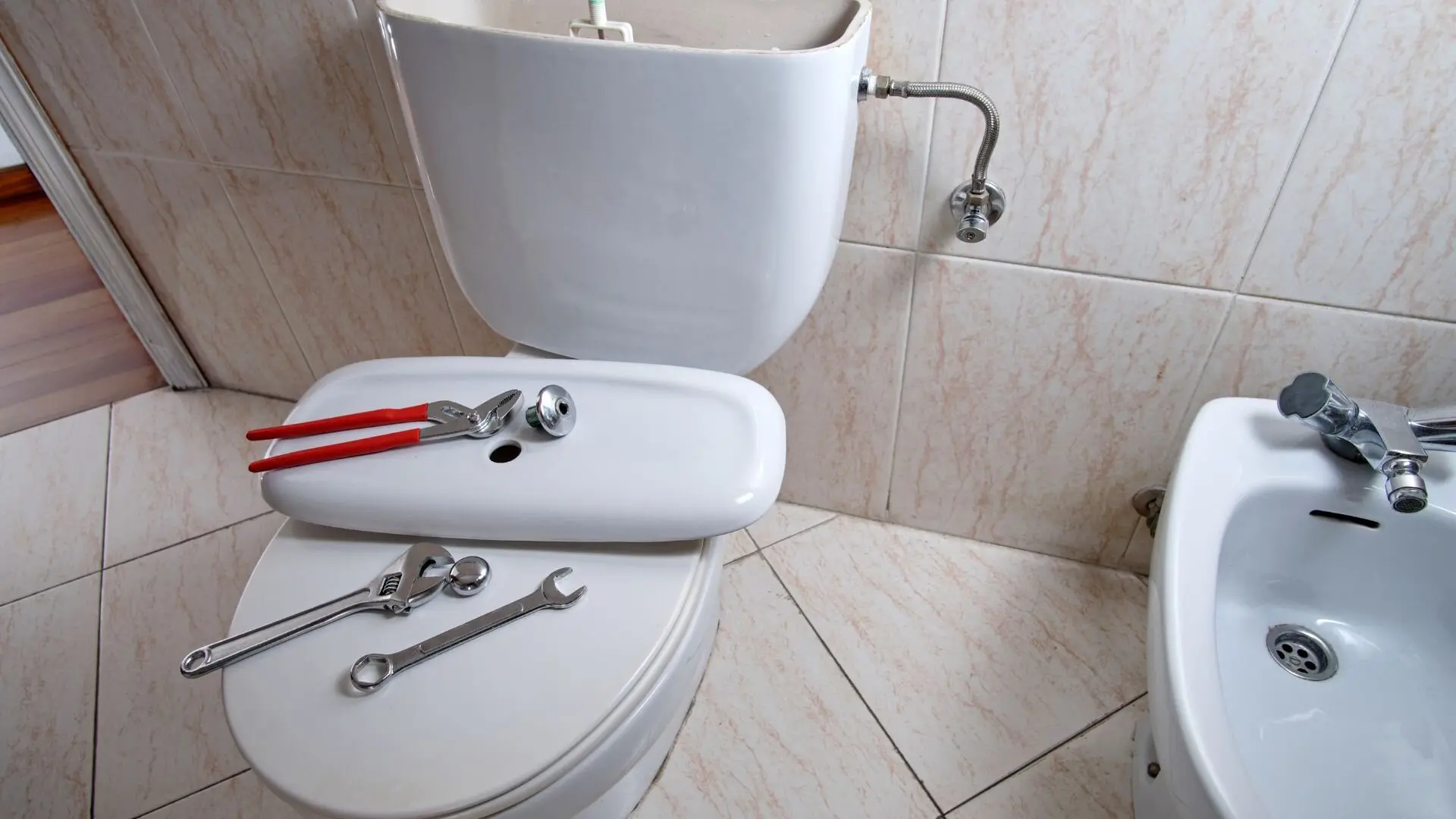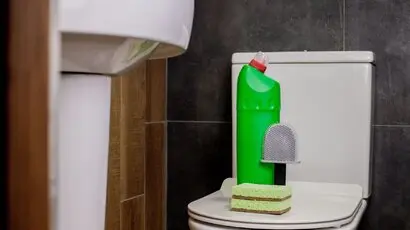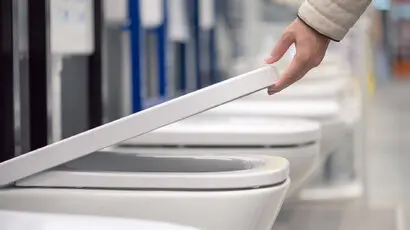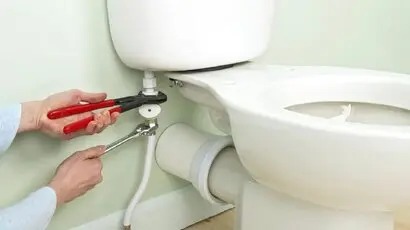The toilet cistern, a vital part of any bathroom, plays a key role in your toilet’s performance. Often called the tank, this component stores and releases flushing water, which is crucial for keeping your bathroom clean and comfortable.
Choosing the perfect toilet cistern can be challenging with a wide array of types, styles, and features available on the market. However, by understanding the different options and considering factors such as your bathroom layout, water efficiency, and design preferences, you can make an informed decision that will enhance the functionality and aesthetics of your bathroom.
In this comprehensive guide, we’ll explore the various types of toilet cisterns, discuss the essential factors to consider when selecting them and provide expert insights to help you choose the ideal cistern for your needs.
Types of Toilet Cisterns:
Close-Coupled Cisterns
Close-coupled cisterns sit directly atop the toilet bowl, creating a seamless unit. Their compact design and straightforward installation make them a popular choice for many.
Wall-Hung Cisterns
Wall-hung cisterns, as their name implies, are mounted above the toilet bowl on the wall. They lend a sleek, modern vibe, perfect for contemporary bathrooms.
Concealed Cisterns
These cisterns are hidden within the wall, providing a minimalist, streamlined appearance. They are perfect for bathrooms with limited space or where a clean, uncluttered look is desired.
Low-Level Cisterns
Low-level cisterns are positioned near the toilet bowl, with a short pipe connecting the two. They are a traditional option often found in older properties or period-style bathrooms.
High-Level Cisterns
These cisterns are mounted high on the wall, with a long flush pipe leading down to the toilet bowl. They add a vintage charm to the bathroom and are popular for traditional or retro-style decors.
What Should You Consider When Choosing a Toilet Cistern
First, consider your bathroom’s layout and available space. Wall-hung and concealed cisterns are ideal for smaller bathrooms, as they maximise space and create a clean, streamlined appearance. For standard bathroom layouts, close-coupled cisterns are a suitable choice, as they are directly mounted on the toilet bowl and offer a more traditional look.
Water efficiency is another crucial factor to consider when selecting a cistern. Choosing a water-efficient model can significantly reduce water consumption and minimise environmental impact. Look for cisterns with dual-flush systems, which allow you to choose between a full flush for solid waste and a half flush for liquid waste, saving water with each use.
![]()
The material and durability of the cistern are key factors to consider when choosing the right option for your bathroom. Toilet cisterns are commonly made from plastic or ceramic. A plastic cistern is lightweight and cost-effective, while a ceramic one offers superior durability and resistance to stains and odours. The choice depends on budget and long-term priorities.
Ensuring compatibility with your existing toilet bowl is just as important. A dual flush cistern, for example, is a popular choice in modern bathrooms due to its water-saving benefits. Before purchasing, check the size, shape, and mounting style to ensure a proper fit and efficient performance. Measuring the current toilet bowl and understanding its style will help streamline the selection process.
Budget planning is also essential. While some cisterns may have a higher initial cost, a water-efficient toilet can reduce water consumption and lead to long-term savings. Investing in a high-quality model enhances efficiency and lowers water bills over time.
Water Efficiency and Environmental Impact
As said before, look for models equipped with dual-flush technology. This innovative feature allows you to choose between a full flush for solid waste and a half flush for liquid waste, saving water with each use.
Using only the necessary water per flush can dramatically decrease your overall water consumption without compromising hygiene or performance.
Many countries have implemented water efficiency regulations and labelling schemes to help consumers make informed choices. For example, in Australia, the Water Efficiency Labelling and Standards (WELS) scheme rates toilet cisterns based on their water efficiency in Australia. The WELS label displays a star rating, with more stars indicating higher water efficiency.
Cistern Installation and Maintenance
The installation process for toilet cisterns varies depending on the type of cistern you choose. Close-coupled and low-level cisterns are generally easier to install, as they are directly mounted on or near the toilet bowl. These cisterns often come with comprehensive installation instructions and can be fitted by a confident D.I.Y. enthusiast or a professional plumber.
On the other hand, wall-hung and concealed cisterns require a more complex installation process. These cisterns are mounted within the wall, necessitating specialised tools and knowledge of the plumbing system.
![]()
It’s a good idea to hire a qualified plumber to make sure your installation is spot on and free from potential issues down the track.
Keeping your toilet cistern in prime condition requires regular maintenance. Cleaning is a major part of this upkeep, as dirt, grime, and mineral deposits can build up over time, reducing efficiency and potentially harming the internal components.
To combat this, it is recommended that you clean your cistern at least twice a year using a mild cleaning solution or a mixture of vinegar and water. This will help prevent debris build-up and ensure that your cistern continues to function smoothly.
In addition to regular cleaning, inspecting your toilet cistern for leaks or damage is crucial. Even a tiny leak can waste significant water over time, leading to higher utility bills and potential water damage to your bathroom. Periodically check the cistern for any signs of cracks, leaks, or faulty seals, and address any issues promptly. If you notice any problems or are unsure about the cause, don’t hesitate to contact a professional plumber for assistance.
Common Problems and Troubleshooting:
Even with proper installation and maintenance, toilet cisterns can experience issues that affect their performance and efficiency. Some common problems include:
![]()
Noticing A Leak?
A leaky cistern can lead to wasted water, higher utility bills, and bathroom damage. It might be caused by a faulty flush valve, damaged fill valve, or cracked cistern. Often, tightening connections or swapping out worn seals can fix it. If not, it’s time to call in a professional plumber.
Poor Flushing Performance
If your toilet cistern is not flushing correctly, it could be due to a clogged rim jet, incorrect water level, or a damaged flush valve. Adjust the water level according to the manufacturer’s instructions and inspect the rim jet and flush valve for obstructions or damage. If the problem persists, seek professional assistance.
Noisy Refilling
After flushing, a loud hissing or vibrating sound from the cistern may indicate a problem with the fill valve, such as a partially closed supply line, a damaged fill valve, or high water pressure. Check the supply line for kinks or obstructions and ensure it’s fully open. If the issue persists, the fill valve may need to be replaced, or a pressure-reducing valve may be necessary.
While many common toilet cistern problems can be resolved with simple troubleshooting steps, some issues may require the expertise of a professional plumber.
Get It Right The First Time!
Choosing the right toilet cistern is an important decision that can significantly impact your bathroom’s functionality, efficiency, and aesthetics. You can select a cistern that meets your needs and preferences by considering factors such as bathroom layout, water efficiency, material, compatibility, style, and budget.
Remember to prioritise water conservation, opt for a reputable brand, and ensure proper installation and maintenance to enjoy a reliable and long-lasting toilet cistern.
If you’re in Melbourne and need expert advice or assistance selecting and installing a toilet cistern, look no further than WP Plumbing.
WP Plumbing’s knowledgeable team is dedicated to helping you find the perfect cistern for your bathroom renovation or replacement project. With a wide range of high-quality options and professional installation services, WP Plumbing is your one-stop shop for all your toilet cistern needs. Contact us today to discuss your requirements and take the first step towards a more functional and efficient bathroom.

